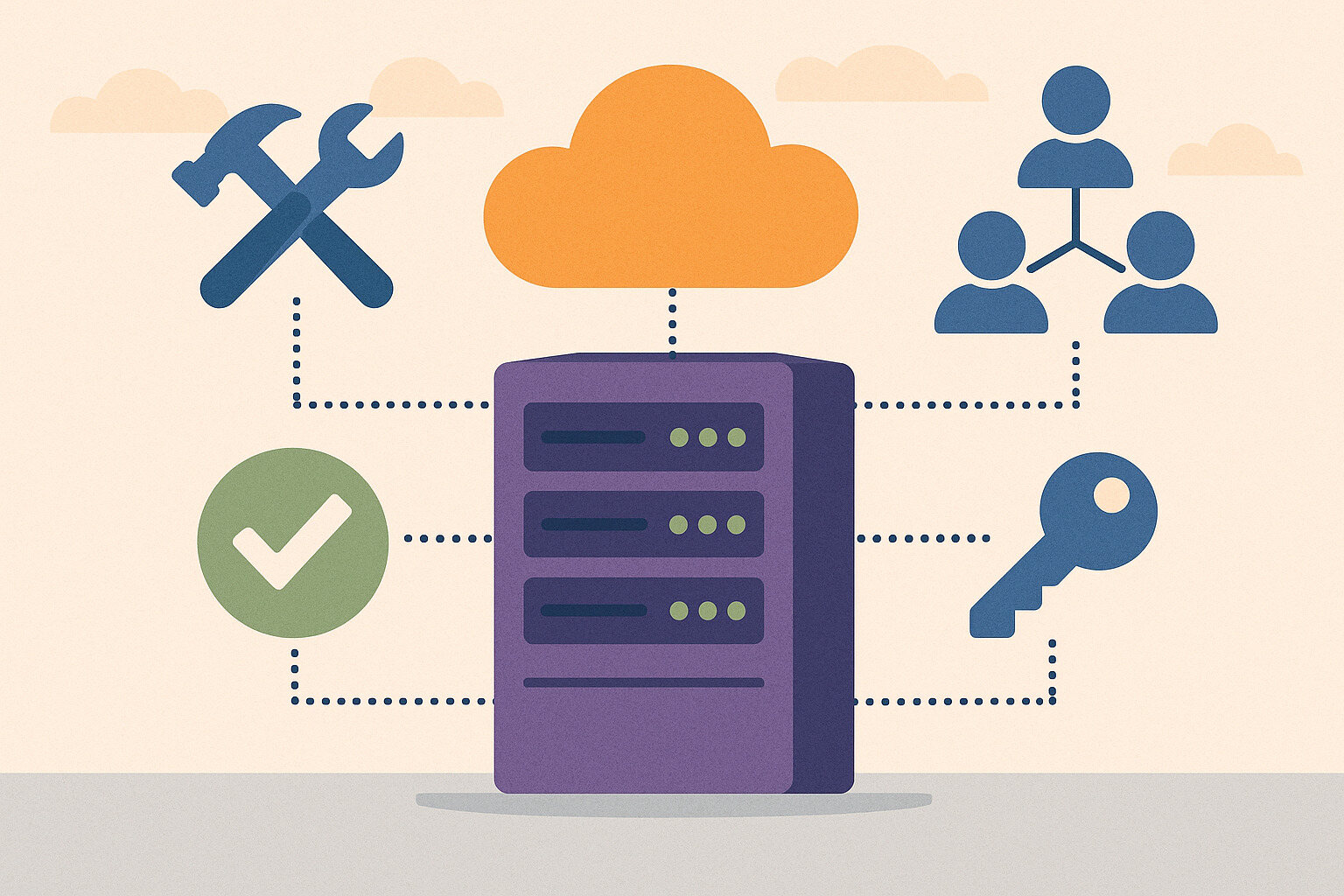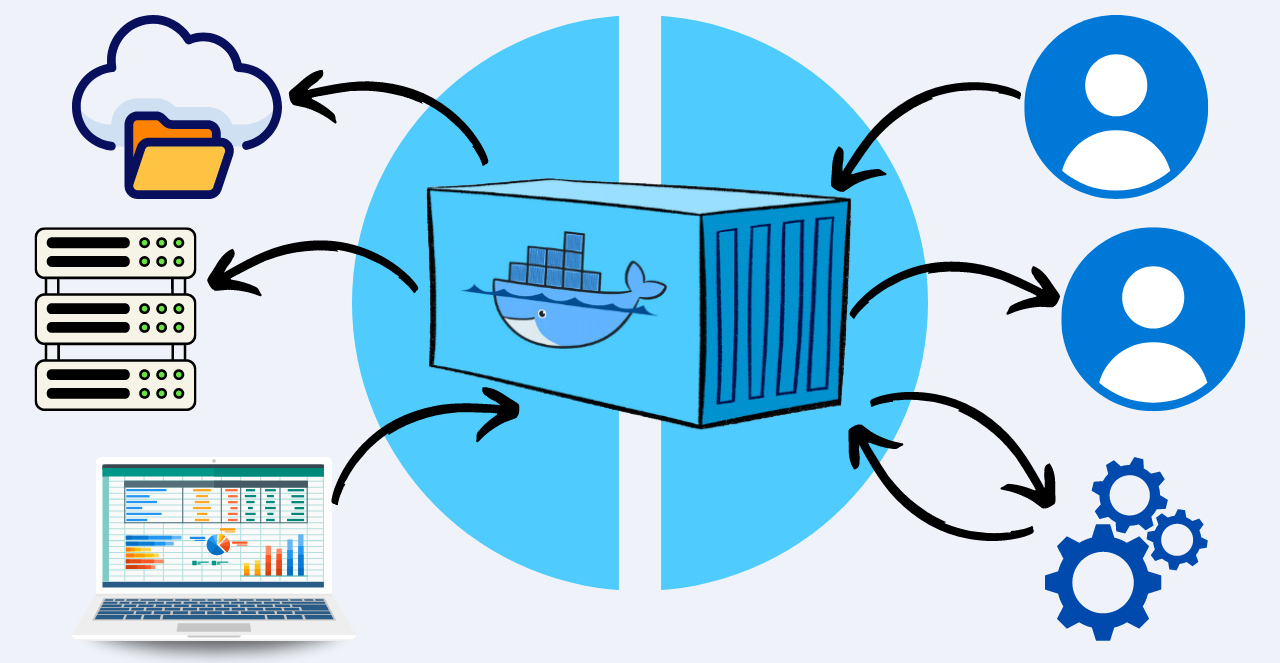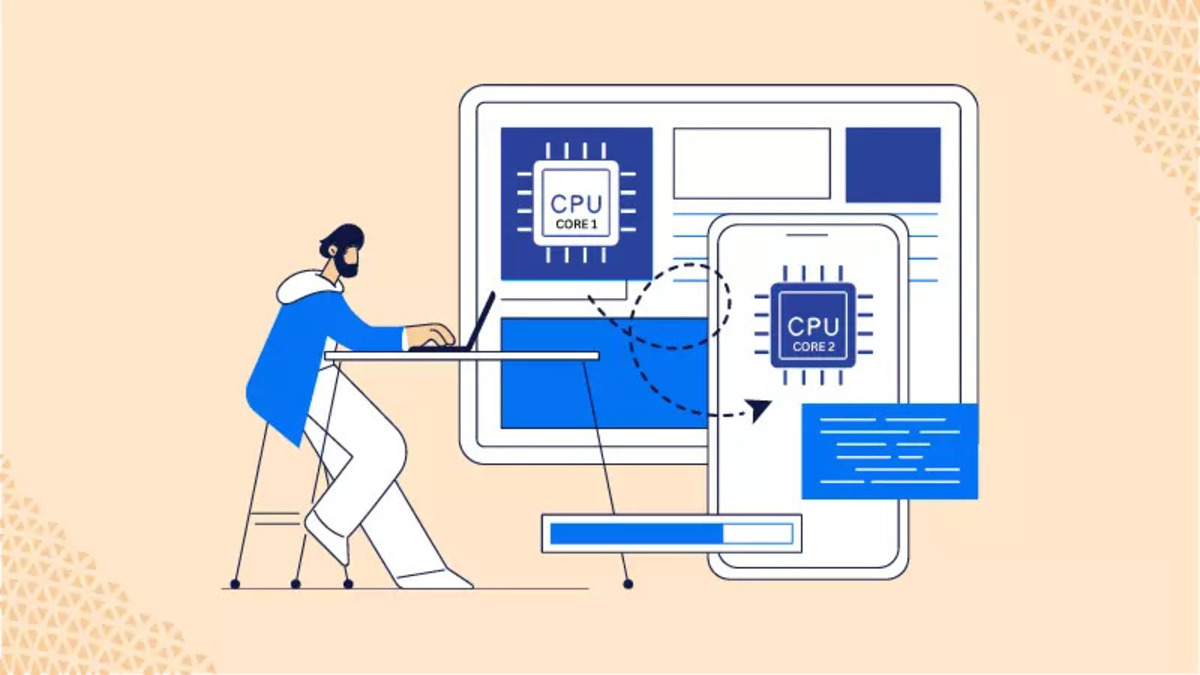Focusing on Essential Middleware Tools for Effective Grid Computing
Grid computing is a method of distributing processing across multiple computers working together to complete large tasks. It’s not just about hardware—the software, especially middleware, forms the core of the operation. Behind nearly every successful grid system are reliable middleware tools that connect, manage, and drive communication between different parts of the system. For academia, data scientists, and businesses with high computational demands, understanding the primary middleware tools enables smoother and more efficient use of grid computing.
The Role of Middleware in Grid Computing
In a grid computing setup, computers aren’t always uniform. They may run on different operating systems, use various processors, and have distinct configurations. Middleware acts as the intermediary that ensures proper coordination among these systems. It ensures that operations run smoothly, despite differences in system architectures.
Some middleware tools focus on resource management, while others concentrate on security, communication, or node monitoring. When a task is sent by a user to the grid, middleware helps assign it to the right device with sufficient capacity to complete it. Simply put, middleware is the coordinator of every action within the grid.
Choosing the right middleware for specific needs is essential. A tool suitable for academic research might not be sufficient for commercial-scale operations. That’s why knowledge of the main middleware tools serves as a guide in making the best decisions.
Globus Toolkit: A Pioneer in Middleware Technology
One of the earliest and most widely recognized middleware tools is the Globus Toolkit. It has been used in numerous academic projects and served as the foundation for many modern grid computing solutions. It consists of modules for resource management, data transfer, and authentication.
For example, GridFTP, part of Globus, became known for its ability to transfer large files across distant locations much faster than traditional FTP. In fields like astrophysics and bioinformatics—where gigabytes to terabytes of data must be moved—this tool proved invaluable.
Additionally, the Globus Toolkit can record and log activities, aiding in auditing and debugging. Although its development has slowed, many of its foundational concepts continue to influence newer tools.
gLite: Middleware Focused on European Research
gLite was specifically developed for scientific projects in Europe. It played a major role at CERN, helping manage the large volume of scientific data produced by the Large Hadron Collider experiments.
It has three core components: Workload Management System (WMS), Data Management, and Information Services. The WMS handles task distribution across different nodes in the grid. Using job queuing and matchmaking algorithms, it decides which tasks to execute and where they should run.
Because of its robust support for parallel processing, gLite served as a model for other middleware tools. Although no longer actively developed, its principles and design remain present in modern systems.
UNICORE: German Engineering for Grid Computing
UNICORE (Uniform Interface to Computing Resources) is a Java-based middleware developed in Germany. It offers secure and seamless access to distributed computing resources, aiming to make the entire grid appear as a single computer.
User experience is central to UNICORE. Its graphical interface makes it easier for users to submit and track tasks—no need for complex scripts or commands, just simple drag-and-drop operations for parts of the process.
UNICORE proved beneficial for institutions with heavy computational demands, such as those involved in climate modeling or computational chemistry. Thanks to its modular and extensible architecture, it integrates well with other grid tools and protocols.
ARC: Advanced Resource Connector from the Nordic Region
ARC is middleware developed in Scandinavia as part of the Nordic Data Grid Facility. It is known for its lightweight yet effective design, making it a popular choice in environments with limited computing power.
ARC includes a resource broker that identifies the most suitable node in the grid for a particular task. It also offers a simple user interface for those unfamiliar with command-line tools.
ARC has been applied in various scientific fields, including life sciences and physics. Its compatibility with mixed environments contributes to its continued use in scientific institutions.
BOINC: Volunteer Computing for Everyone
BOINC (Berkeley Open Infrastructure for Network Computing) is middleware designed for projects that utilize volunteer computing. In short, it allows the unused capacity of thousands of personal computers to contribute to large computational tasks.
An example is SETI@home, which analyzed radio signals from space using millions of personal computers. BOINC split the data, distributed it to volunteers, and then reassembled the results.
With BOINC, expensive data centers are not required for certain types of grid computing. Though not suitable for all projects, it plays a crucial role in open science initiatives and public-driven research.
Apache Hadoop: Distributed Computing for Big Datasets
Although commonly associated with big data, Hadoop is also a middleware tool used in grid-style computing. It is an open-source framework that supports distributed storage and processing of large datasets using commodity hardware.
Hadoop has two core components: HDFS (Hadoop Distributed File System) and MapReduce. HDFS manages secure data storage across multiple nodes, while MapReduce handles the execution of parallel computing tasks.
As a result, Hadoop is widely used in industries such as e-commerce, finance, and health analytics. It’s a trusted middleware for projects that require rapid analysis of large volumes of data.
Legion: Object-Based Middleware for Custom Systems
Legion is a middleware system based on an object-oriented approach to grid computing. Rather than managing each computing node directly, Legion treats every system component as an object with its own identity and responsibilities.
This design allows for granular management. For example, if one part of the system needs an upgrade or replacement, it can be done without disrupting the entire operation.
Though less widespread than other tools, Legion is used in projects requiring high customization. For institutions with unique computing workflows, Legion offers valuable flexibility.
Condor: High-Throughput Computing Middleware
Condor, now known as HTCondor, is middleware specialized in high-throughput computing. Instead of focusing on real-time performance, it emphasizes the volume of tasks completed over time.
It’s ideal for tasks that aren’t time-sensitive but require extensive resources—like simulations, data analysis, and automated testing. One notable feature is its matchmaking mechanism, which identifies the best machine for each task.
HTCondor helps maximize the use of idle computers in a network, offering a cost-effective way to utilize unused system capacity within an organization.
Future Middleware Tools: Keeping Pace with Change
As demand for distributed computing grows, so does the variety of middleware tools. Newer systems now incorporate AI for automated resource allocation. Others are cloud-native, offering faster and more scalable alternatives to traditional grid systems.
Compatibility, scalability, and security are essential when selecting next-generation middleware. Tools like Kubernetes and container orchestration platforms are being integrated into grid systems—not as replacements but as enhancements for smarter operations.
Ultimately, selecting middleware is not about following trends but addressing real needs. The right combination of tools is the key to a successful grid computing setup.
Bringing Together Key Middleware for a Stronger Grid System
Grid computing depends on the right middleware to function smoothly, efficiently, and reliably. From classic tools like Globus and Condor to modern frameworks like Hadoop and Kubernetes, each has its unique role.
Not all projects are the same, so middleware selection should align with your goals, resources, and data requirements. With the right knowledge, integrating these technologies becomes easier and enables more efficient computing.
Understanding key middleware tools provides clear direction for those entering or expanding in the world of grid computing.



